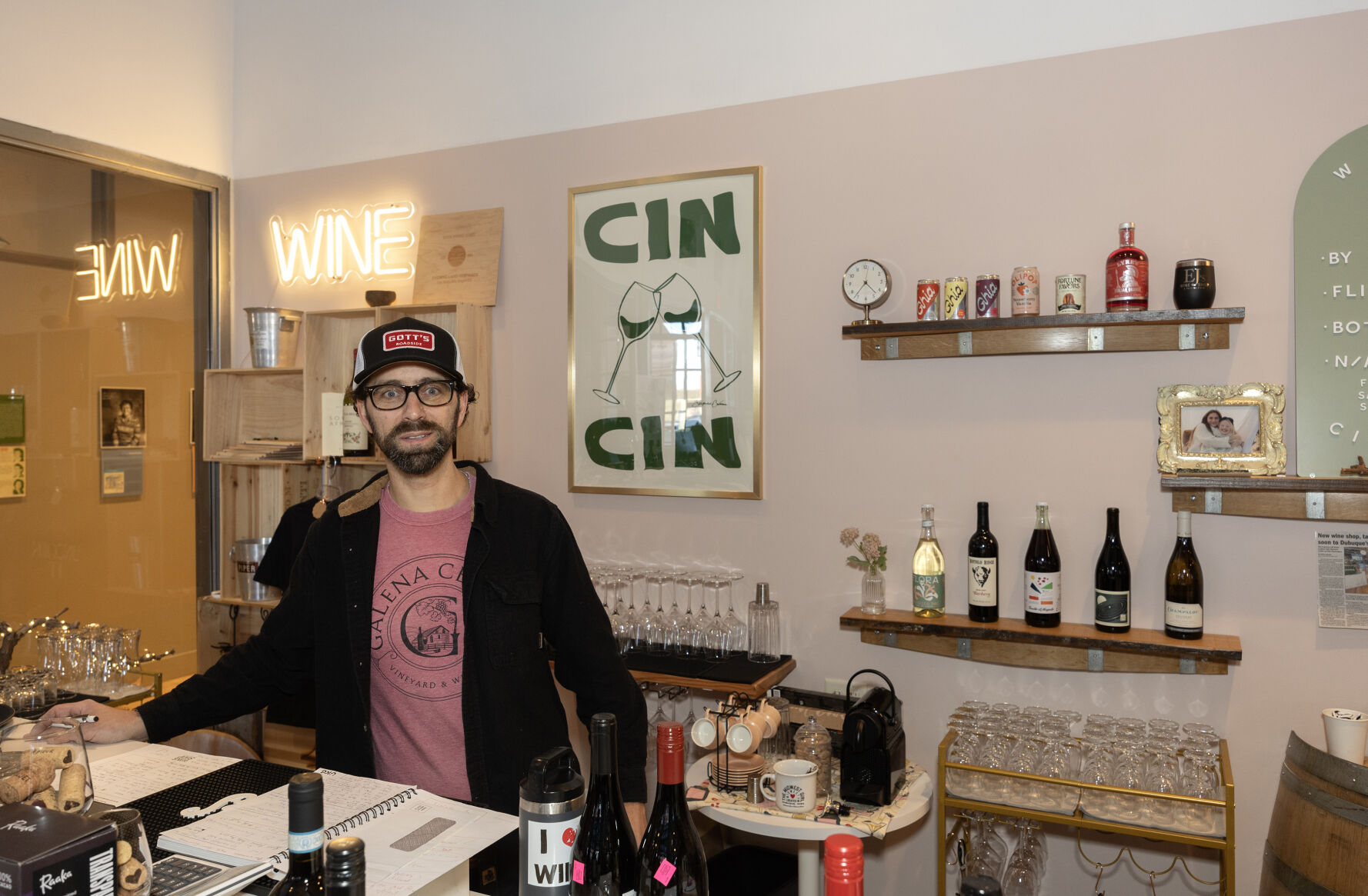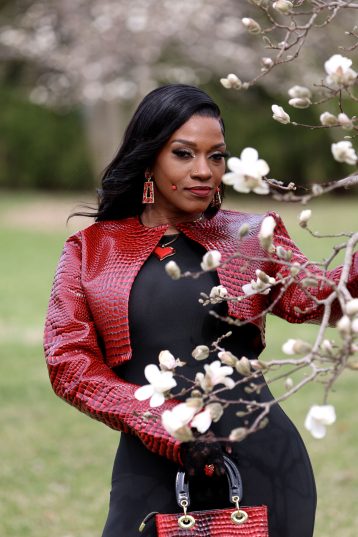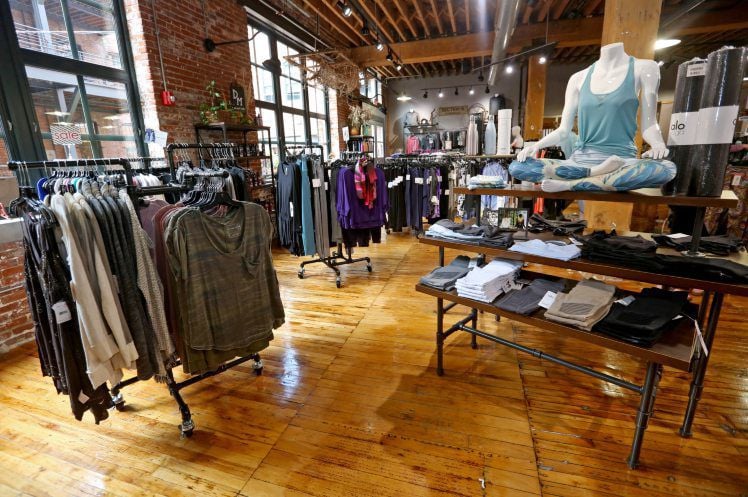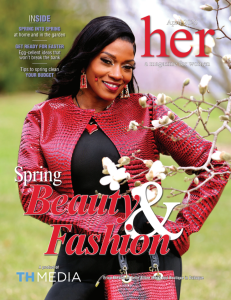Embarking on a wine tasting journey can be exciting and intimidating.
With so many aspects to explore, from tasting techniques to selecting the right pour, it can be easy to feel overwhelmed.
Fortunately, expert advice can simplify the process and enhance the experience.
EJ Droessler, owner of EJ’s Wine Shop in Dubuque’s Historic Millwork District, has been in the food and wine industry for more than 26 years. Whether you are a beginner with a newfound interest, or a seasoned connoisseur looking to refine your palate, he provides tools to navigate the complex, yet rewarding landscape of wine.
Raise your glass and toast your wine tasting adventure.
Getting started
By focusing on simple, approachable tips, beginners can ease into the experience and find what they enjoy most, Droessler said.
“People get really intimidated by the complexity of the whole term, ‘wine tasting,’” he said. “But the best advice to me, when I was first getting started in the wine business, was to go for what your palate likes.”
For beginners, it’s best to start with something easy, fun and approachable, rather than something high in alcohol. An acidic taste could deter someone from wine.
“Find a white virile, rosè or something light and fruity on the red side,” Droessler said. “Once you find those, it is just a matter of getting those into a glass.”
The tasting experience can vary depending on the serving temperature. Different kinds of wine are to be served in different ways. Red wines are best served at cellar temperature (58 to 62 degrees), while white wines should start cooler, then be allowed to warm slightly.
Droessler said the type of glass can make a difference in the wine experience. He recommends something simple, light and price-friendly.
“Find a universal glass,” he said. “Something that can be used for your whites, reds and rosès.”
Droessler also recommends using a stemmed wine glass over a seamless.
“Think about how warm your hands get,” Droessler said. “If you are holding that glass in your hand for a long period of time, you are really going to change the temperature of that wine.”
When wine tasting, one of the skills to master is the swirl.
“When you first start swirling wine, stand close to the sink,” Droessler said. “And if you are swirling red wine for practice, wear a red shirt.”
Swirling wine helps release aromas, making it easier to smell.
After the wine reaches the proper temperature, have the right glassware and aerated when you pour and swirl.
“The first thing to do is smell,” Droessler said. “Try to identify what you are smelling. Is it red fruit, like cranberry or tart cherry? Or, is it dark fruit, like ripe blackberries or plums? Do not overthink it, and try to break it down into simple categories.”
Types of wine and how to pair them
Droessler is a fan of Wine Folly, an online tasting journal curated by experts. He recommends any beginner look at the site to learn more.
“Go online and search Wine Folly, by Madeline Puckette,” Droessler said. “She is the best. Her guides are easy, fun and accessible.”
It’s important to note that everyone has different tastes when it comes to wine.
“I compare wine to coffee a lot,” Droessler said. “Some people are really sensitive to bitterness, and if you are introducing a beginner to a wine that is really austere and bitter, they might decide they are not into wine. The same goes for coffee.”
Once you’ve explored the types of wine, discover how to pair them with food.
“Some really good advice for this is sweet with sweet, and heat with heat,” Droessler said.
You might enjoy a glass of wine with dinner, but by dessert, that same wine might not pair as well with your sweet course. Pairing wine with the wrong foods can significantly alter flavor.
“Try to find a wine that has a good balance between oak, fruit, acid and alcohol,” Droessler said. “If your wine is balanced, you are going to enjoy it much more with your meal.”
Takeaways
Droessler emphasizes one key piece of advice: “Try and try again,” Droessler said. “No matter what, you are not going to like every wine.”
Beginners need to be aware of common misconceptions about wine, as these can shape their expectations and experiences.
“What I have always found discouraging when I have sat through wine tastings is people tend to take the fun out of the experience, ” Droessler said. “We are all different, individual people who have different tastes. So if you are doing a wine tasting, do not be afraid to explore and try different things.”
At the end of the day, keep it fun.
“It is a fun time to be getting into wine,” Droessler said. “There are a lot of tools and resources out there to help you and lots of places to go get some good wine.”
Katie Link is a freelance writer from Dubuque.













